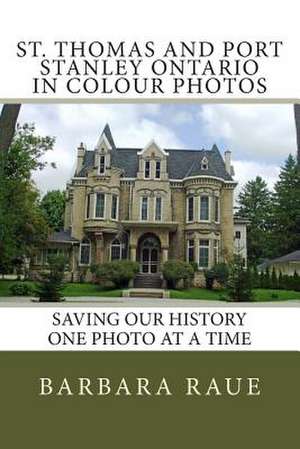St. Thomas and Port Stanley Ontario in Colour Photos
Autor Mrs Barbara Raueen Limba Engleză Paperback
Preț: 62.33 lei
Nou
Puncte Express: 93
Preț estimativ în valută:
11.93€ • 12.49$ • 9.87£
11.93€ • 12.49$ • 9.87£
Carte disponibilă
Livrare economică 15-29 martie
Preluare comenzi: 021 569.72.76
Specificații
ISBN-13: 9781500576059
ISBN-10: 1500576050
Pagini: 40
Dimensiuni: 152 x 229 x 3 mm
Greutate: 0.07 kg
Editura: CreateSpace Independent Publishing Platform
ISBN-10: 1500576050
Pagini: 40
Dimensiuni: 152 x 229 x 3 mm
Greutate: 0.07 kg
Editura: CreateSpace Independent Publishing Platform
